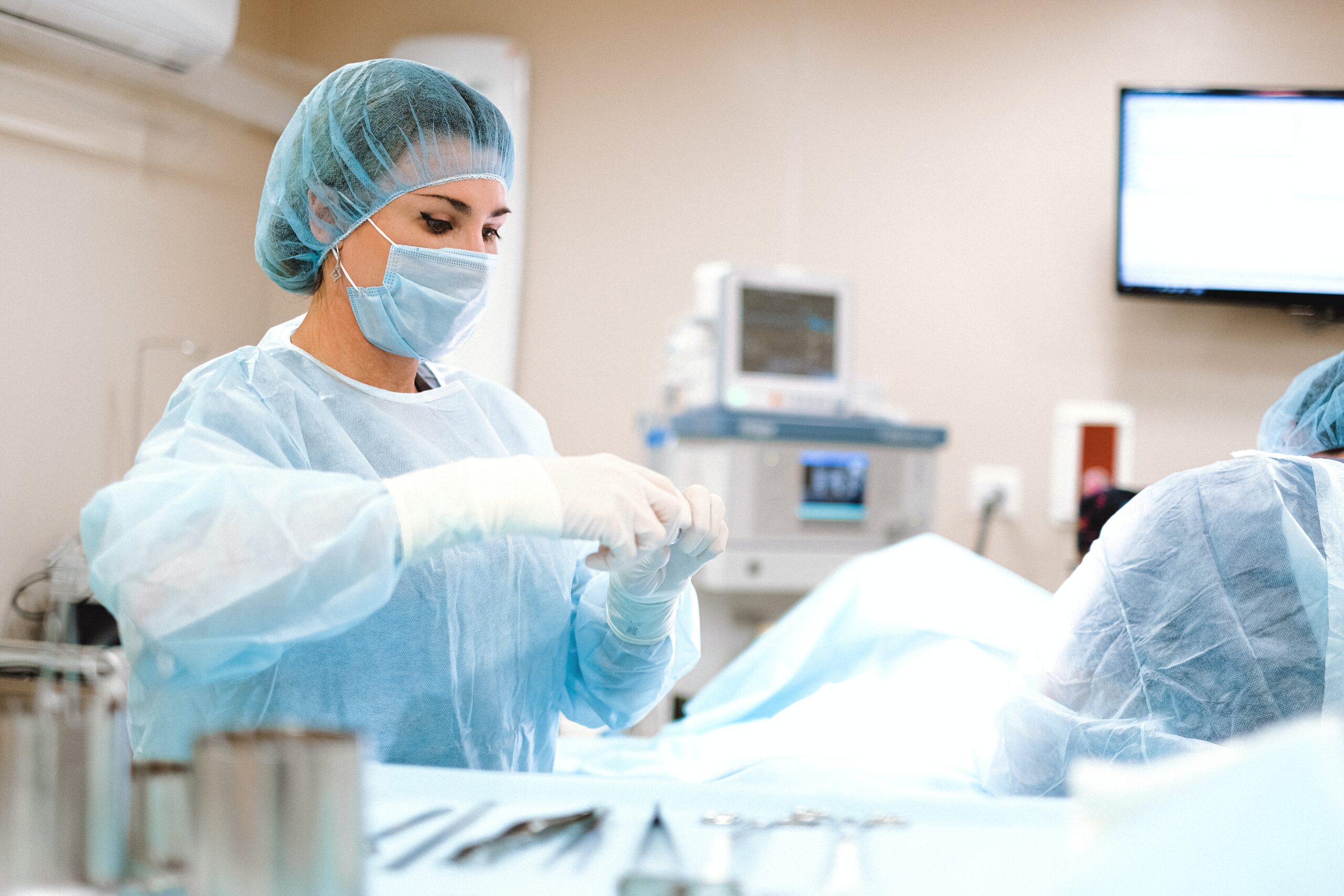Stroke can be defined as the syndrome of sudden onset deficit in cerebral perfusion lasting for more than 24 hours. This can cause weakness usually permanent in one side of the body which can be associated with loss of speech.

Transient ischemic attacks are brief episodes of cerebral dysfunction which causes temporary loss of perfusion in cerebral circulation without cell death.
Types of Strokes
There are two types of strokes as ischemic stroke and hemorrhagic stroke.
Ischemic Strokes
These strokes occur mainly due to arterial disease or atherosclerosis.
Causes for Ischemic Strokes
- Blood clots which occur at the site of the rupture of atherosclerosis plaque,
- Lipid deposition in small vessels due to atherosclerosis
- Hypertension
- Cardiac valve disease
- Hypo perfusion of blood to brain due to severe hypotension
Hemorrhagic Strokes
Causes for Hemorrhagic Stroke
- Uncontrolled hypertension
- Arterio-venous malformations,
- Aneurysms
- Use of drugs that cause derangement in blood clotting pathways
- This can be of two types as intracerebral and subarachnoid hemorrhages.
Risk Factors
- Smoking
- Hypertension
- Sedentary lifestyle patterns
- Alcohol consumption
- Dysregulation of lipid metabolism with high cholesterol
- Atrial fibrillation
- Obesity
- Diabetes mellitus
- Seep apnea
- Abnormal narrowing in arteries in neck mainly carotid arteries
- There are few rare risk factors as vasculitis, migraine and amyloidosis as well.
Clinical Features of Stroke
- Most typical clinical feature is onset of limb weakness often in the opposite side of the infarct within seconds or minutes. This is called as contralateral hemiplegia and is often associated with facial weaknesses as deviation of mouth.
- If the stroke has occurred in the dominant hemisphere of the brain, abnormalities in the speech of the patient can also be seen.
- Consciousness can be preserved or altered.
- Sometimes at the onset of stroke a seizure resembling epilepsy can occur prior to the onset of other clinical manifestations.
- Usually, clinical features vary with the area of brain that is affected.
- Higher functions as speech, language, ability to calculate, spatial orientation, left, right orientation, visual disturbances and sensory impairment can be seen when the lesions occur in part of the brain called as cerebral cortex.
- Severe vertigo, inability to swallow, double vision and unsteadiness can occur when the lesion is in the part of the brain called as brain stem.
Stroke Complications
Bed sores, aspiration and deep vein thrombosis are few complications. Functional level can be assessed by testing ability to do activities of daily living as grooming, eating, going to the toilet and etc.
Diagnosis
Diagnosis of stroke is important as many diseases can mimic the clinical features of a stroke. Migraine, infections as focal encephalitis, space occupying lesions in the brain as tumors and hypoglycemic attacks can be few such mimics.
Diagnosis of stroke is done by assessing the patient for risk factors and etiology in history, examination and using imaging techniques as non-contrast CT. ‘FAST’ method in which ‘F’ stands for facial weakness, ‘A’ stands for weakness in arms, ‘S’ stands for speech difficulties and slurring while ‘T’ stands for time since the onset can be used to assess the patient and severity of the stroke.
Management of Stroke
Management at Home
As soon as weakness of a part of the body is detected the patient must be soon brought to the emergency treatment unit of the closest hospital as delay of every minute can affect the ability to treat the patient.
Stroke Management at Emergency Treatment Unit
- Initially patient’s airway, breathing and circulation must be assessed along with vitals as blood pressure.
- Must establish the time of the onset of stroke and should be transferred to a hospital with a stroke unit if possible.
- Oxygen must be given if patient is having reduced oxygenation and after getting IV access blood must be withdrawn for baseline investigations as FBC, ESR.
- Patient must be directed for a non-contract CT scan by which the type of stroke can be diagnosed whether a ischemic or a hemorrhagic stroke.
- A 12 lead ECG and a chest X-ray can also be taken. If it is an ischemic stroke thrombolysis can be done after excluding all the contraindications for thrombolysis.
- If it is a hemorrhagic stroke must be referred to neurosurgery section for further management.
Long-term Management
- Screening for risk factors through investigations as echo cardiography, ECG and carotid doppler can be defined as methods of secondary prevention of occurrence of strokes.
- For long term management of stroke patients, Aspirin 75 mg can be given with Dipyridamole or Clopidogrel.
References
- Kumar and Clerk’s Clinical Medicine -8th Edition- Parveen Kumar, Michael Clark
- Oxford Handbook of Clinical Medicine – 10th Edition

